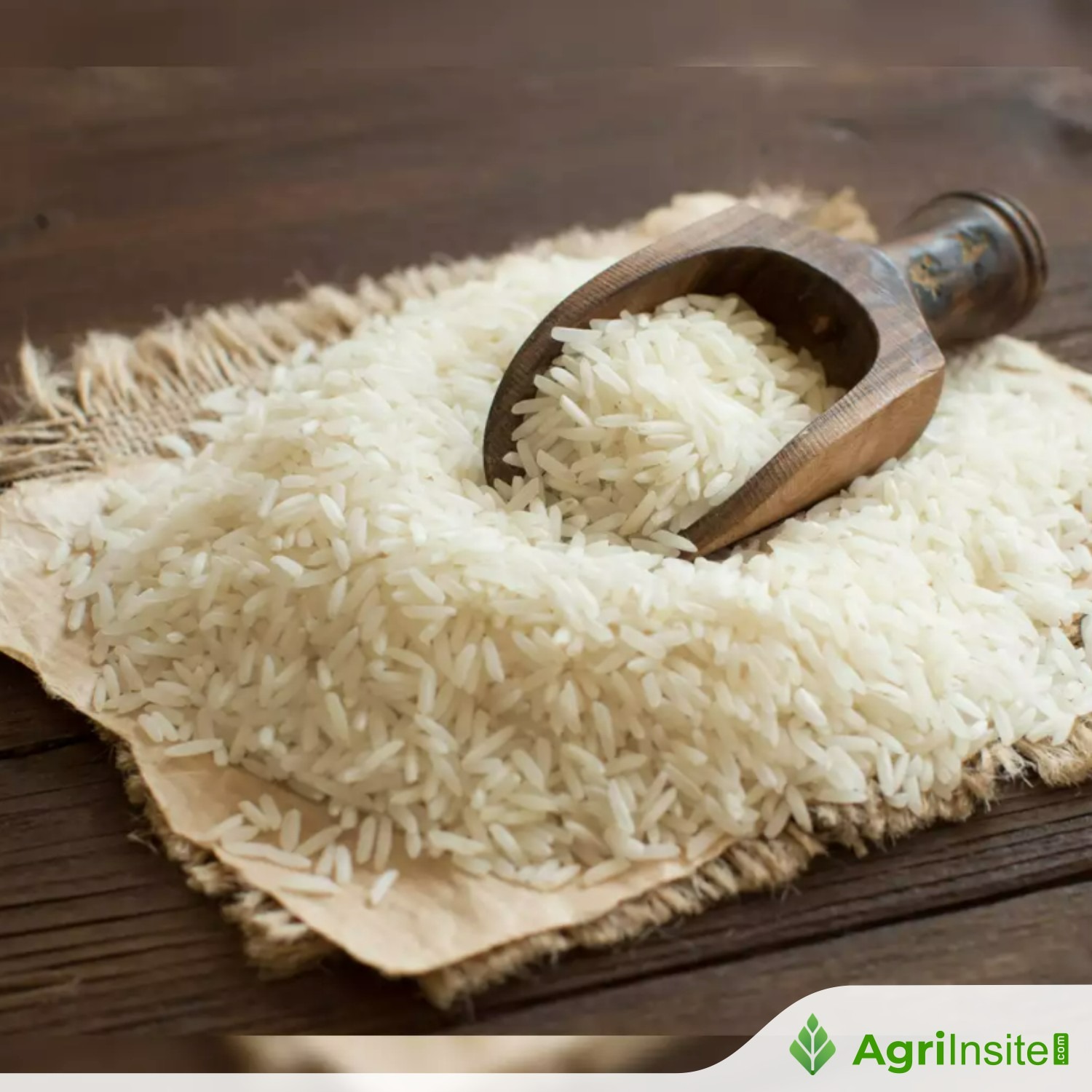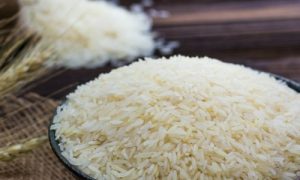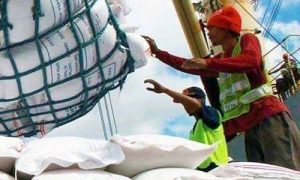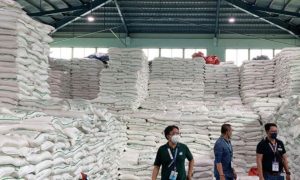Japan’s Struggle With Rice Inflation to Continue After Harvest

Japan’s rice supply is set to improve with the ongoing harvest, but prices will remain high due to depleted stockpiles and increased contract rates for farmers. After hot weather and natural disasters strained supplies, retail prices soared by 23%, with further hikes expected. Despite new harvests, rising production costs and inflation will continue to impact consumer prices, with some predicting up to 50% increases by October.
Bags of rice are expected to start filling the shelves of Japan’s supermarkets again soon as farmers harvest their new crop, though the increase in supply will do little to tame higher prices.
Japan’s commercial rice stockpiles — already depleted after hot weather baked the 2023 crop — shrunk to the lowest on record in June as an influx of tourists lifted consumption. Panic buying following typhoon and earthquake warnings exacerbated the shortage and some retailers had to limit sales.
The harvest ramped up this month and will ease the supply squeeze, but farmers and Japan’s main grain distributer have agreed to higher contract prices. That will be passed on to consumers who were paying ¥2,871 ($20) for a five kilogram bag in central Tokyo last month, 23% more than a year ago.
“We’ve almost run out of stockpiles,” said Ryuji Imai, the owner of Isego in northern Tokyo, a 300 year-old rice shop. It’s the first time he’s experienced this level of scarcity since taking over the store in 2006, and Imai expects prices to be as much as 50% higher once supplies are replenished in October.
Japan’s rice production has been on a downward trend since the late 1960s, in part due to an aging farming population and government policy, which provides incentives for farmers growing other crops such as wheat. A changing climate has raised concerns about output and future food security.
The international market could offer some relief, but Japanese consumers have typically shunned foreign rice in favor of domestic grain. Overseas prices are also elevated after India implemented export curbs last year.
Rising Inflation
The price of a 60 kilogram bag of unpolished rice sold to wholesalers by Japan Agricultural Cooperatives (JA) — which controls more than half of the country’s grain distribution — climbed to a record ¥16,133 in August.
For the same month, rice inflation rose by 28.3% year-on-year, the biggest hike since 1975. Polls have shown that inflation is one of the main issues voters want the government to tackle, as the ruling Liberal Democratic Party heads into its Sept. 27 leadership election.
Japan’s commercial rice stockpiles tumbled to 1.56 million tons in June, the lowest since the Ministry of Agriculture, Forestry and Fisheries started compiling data in 1999. Wholesalers and retailers use the monthly figure to determine the supply and demand balance for the year, ahead of the earliest harvested grain from southern regions hitting the market.
Next year, inventories could be even tighter. While MAFF estimates the 2024 harvest will produce 6.69 million tons of grain, consumption is forecast to be 6.73 million tons from July to June 2025.
Last month, the governor of Osaka Prefecture called on the government to release strategic inventories, warning that 80% of retailers were running out of grain to sell. However, Japan’s agriculture minister expressed caution about using its reserves, which went untapped.
They should have “distributed the government stock before the end of June, before the situation worsened,” said Hidekazu Aikawa, the managing director of Japan Rice Merchants Association, an industry group that represents retailers. “Stable supply should be always protected.”
Japan’s harvest typically accelerates in September, with 40% of the overall crop entering the market. JA increased contract prices for farmers by 20-to-40% from July as inflation raised the costs of farming, according to reports from local media.
In a quiet neighborhood in northern Tokyo, the third generation owner of the Aizawa Inaricho rice shop is seeing an uptick in shoppers seeking the grain so integral to Japanese dishes.
“We’re running low on stocks and it won’t be a smooth transition until October,” said Toshiyuki Aizawa, owner of the retailer that’s be around for more than 80 years. Most supermarkets nearby have limited customers to one bag of grain per family, he said.
Source Link : https://www.bloomberg.com/news/articles/2024-09-23/japan-s-struggle-with-rice-inflation-to-continue-after-harvest














